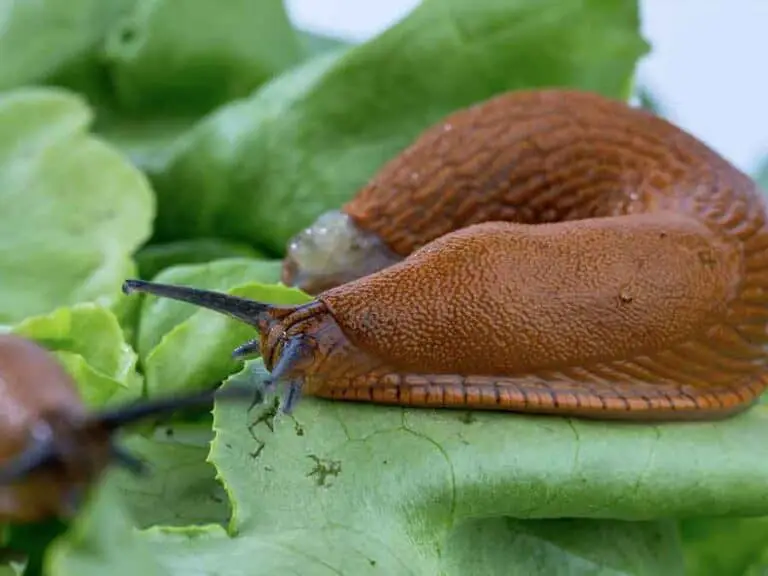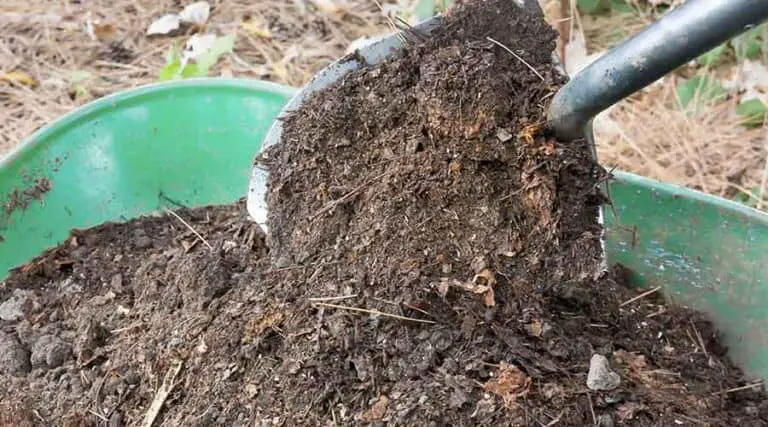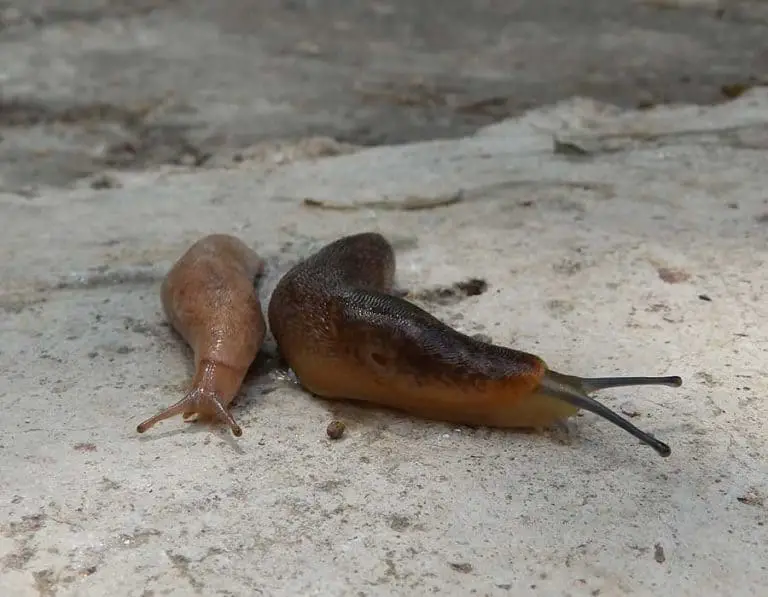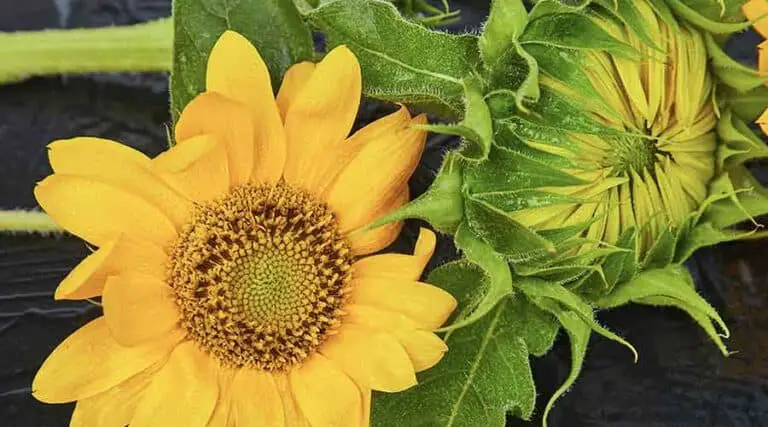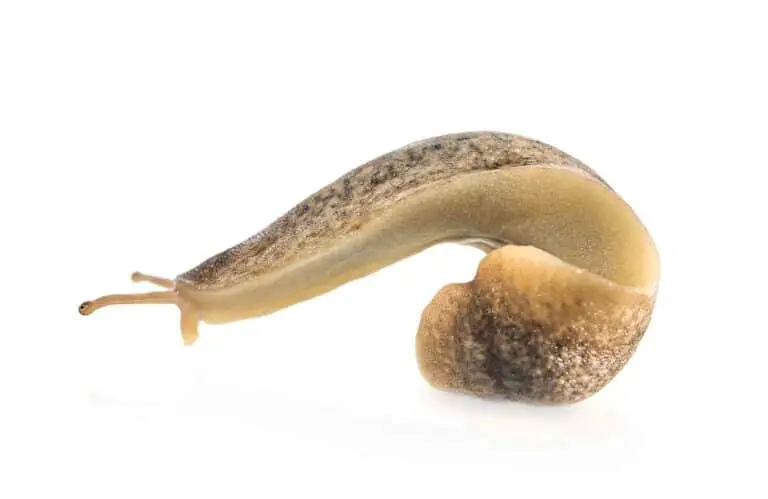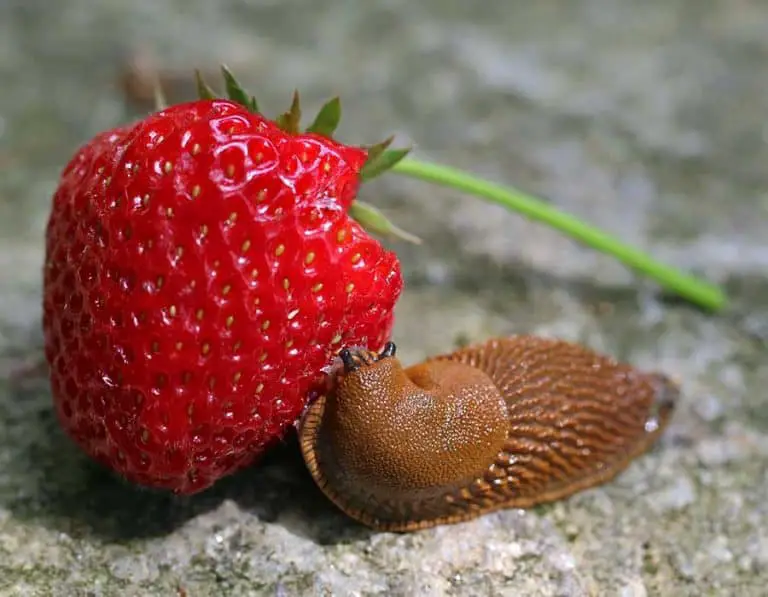Do Slugs Eat Tomato Plants? (And How to Stop Them)
Slugs will enjoy an array of different plants, but one of their favorite snacks is tomato plants. This can be a major problem for gardeners who have invested a lot of time, energy, and money into cultivating healthy tomato plants.
Not only do slugs feast on the leaves and stalks of tomato plants, but they will even devour the juicy tomatoes themselves! Yes – you heard that right – these slimy garden pests are all too happy to munch away at your precious produce.
And sadly there’s no proven way to eliminate them from your tomato plants completely. But there are some steps you can take to limit the damage they do and protect your plants from further harm.
Slugs and Tomatoes
Slugs are frequent horticultural pests. They are known to consume a variety of plants, but tomatoes are one of their favorite foods. These slimy critters find a tempting feast in tomato plants’ big, luscious fruits. Slugs (and their close relatives, snails) may easily eat on the leaves, stems, and even the actual fruit of tomato plants, making them susceptible. This might seriously harm your tomato plants and perhaps spoil your crop.
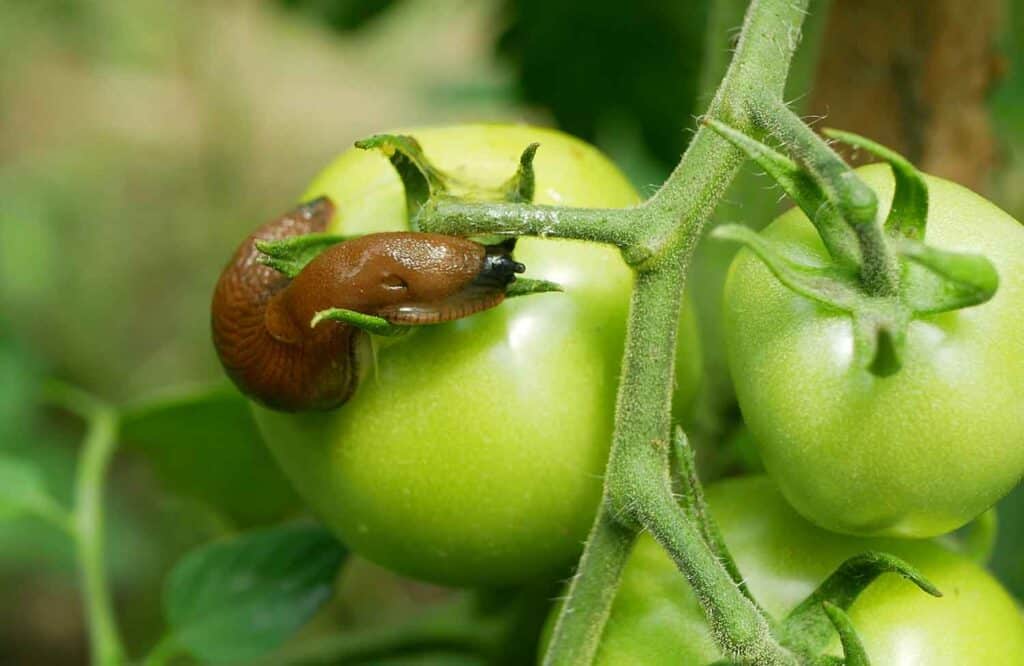
Are Slugs a Problem for Tomato Plants?
Tomato plants may sustain significant damage from slugs. They often leave behind a slimy trail after feeding on the leaves and stems. These bugs may easily consume an entire plant if left untreated. Therefore, it’s crucial to be aware of the dangers that slugs represent to tomato plants and to take precautions against them.
What Does Tomato Slug Damage Look Like?
Slugs consume the fruit itself as well as the leaves and stems of tomato plants.
Slug damage appears as erratic holes in the tomatoes, sometimes accompanied by slime trails.
A tomato will have precise scoops taken out of it if it is consumed. Slugs are a common garden pest that, if untreated, may seriously harm young, delicate plants. To protect your tomato plants from slugs and avoid severe damage, take the necessary precautions.
Do Slugs Prefer to Feast on Tomato Plants?
Slugs often prefer to feast on tomato plants. They are drawn to the succulent leaves and stems that make up these veggies, as well as their juicy fruits.
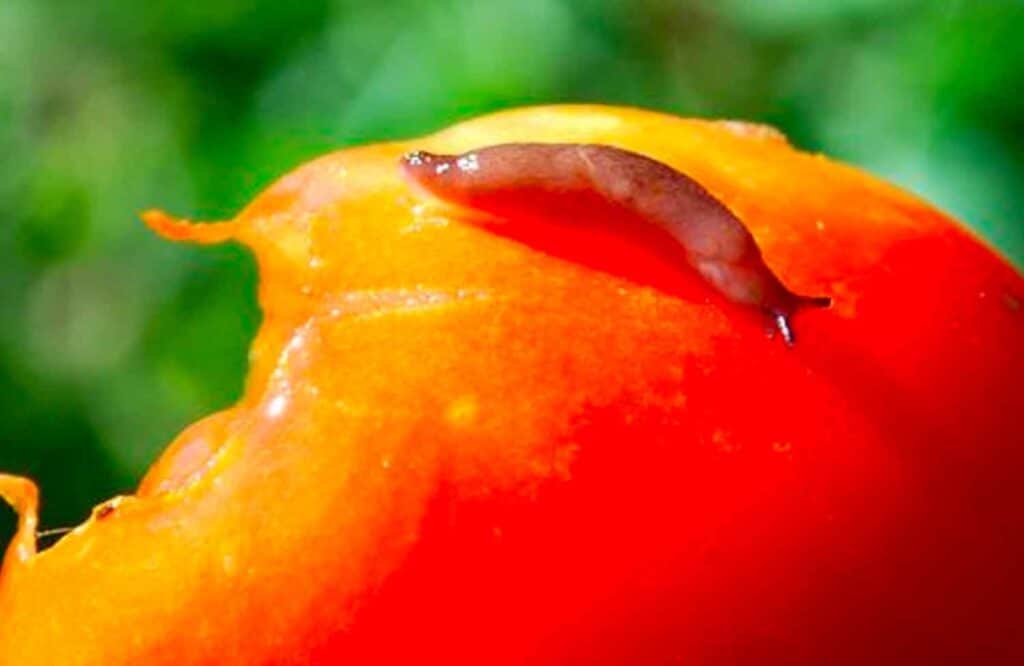
Tomato plants have a higher moisture content than most other common garden vegetables, making them even more attractive to slugs. Therefore, gardeners should take extra precautions when tending to tomato plants and watch out for signs of slug damage.
What Can I Do to Prevent Slugs from Eating My Tomato Plants?
It is crucial to take precautions to protect tomato plants against slugs since they may cause significant harm. The most efficient, low-impact method of controlling slugs is hand-picking, which should be done late at night or early in the morning.
Another useful tip is to wait until tomato seedlings are mature before planting them out in the garden or containers, as this will make them less attractive to slugs.
Or try some of these methods:
Coffee Grounds: Sprinkle a few layers of coffee grounds around the tomato plants. Slugs don’t like caffeine and will stay away from it.
Terrain Disruption: Slugs prefer smooth, flat surfaces to move around on – try adding mulch, crushed eggshells, or stones near the tomato plants to disrupt their movement.
Beer Traps: Bury shallow dishes filled with beer in the garden soil near your tomato plants. The slugs will be attracted to the scent of the beer and drown in it.
Encourage Natural Predators: Encourage the presence of natural predators such as frogs, lizards, and birds which will feed on slugs and snails.
What Other Vegetable Plants to Slugs Eat?
Slugs don’t just feed on tomatoes. These slimy pests also consume a variety of other vegetable plants, such as lettuce, beans, squash, cucumbers, and peppers.
They’ll also eat fruits like strawberries, raspberries, and grapes. Slugs are constantly looking for new sources of food and will happily devour anything they can find that is attractive.

